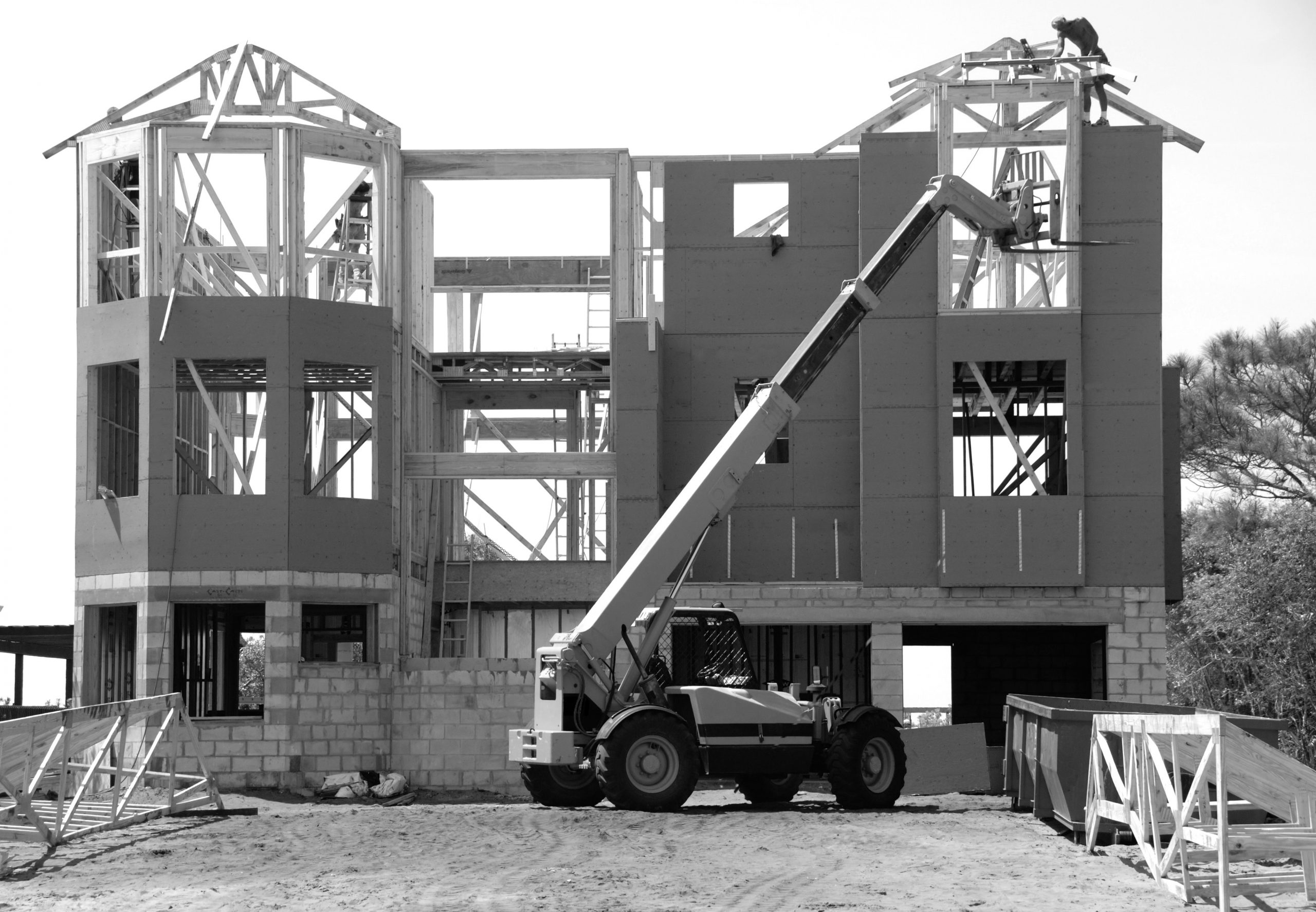Prelude
More than two millennia ago, the celebrated Roman poet Publius Vergilius Maro, more familiarly Virgil, pronounced: “The greatest wealth is health.” Arguably, such a sagacious statement really needs no elaborate explanation or scientific enquiry, but until only a few years ago the issues of health, well-being and happiness scarcely flickered on the radar of real estate research or market analysis. Nowadays, you can hardly read a report on the outlook for the global real estate industry without witnessing the sudden and significant rise in the primacy of ‘health and wellness’ in the priorities of property policy, practice and performance. To what extent this is fashionable lip-service, modish branding or box-ticking correctness, in much the same way as ‘green buildings’, ’resilient cities’ or ‘agile organisations’, is hard to fathom. Nevertheless, just like these latter epithets, there is an underlying truth leading to a radical shift in collective mind-sets and a new strategic direction for the world of property.
The Business Case
It seems only common sense for employers to seek to increase the engagement, productivity, satisfaction and retention of cherished staff to enhance their business success. Sometimes, however, it is a struggle to achieve those diverse outcomes. But one key strategy is beginning to emerge: the creation and nurture of a more humane, hale and caring workplace. Several recent studies show that organisations, of all kinds, reap rewards from fostering more compassionate environments, including better employee performance, improved health and safety, and greater worker satisfaction and commitment. Indeed, the evidence shows that employees, across the sectors, not only thrive in caring workplaces, but also become more actively engaged in shaping their own and the organisation’s future.
Unsurprisingly perhaps, research has shown that people respond positively when they feel cared for and valued. Without any great heroics, or major financial investment, for example, one leading global corporate in the retailing sector managed to jumpstart the generation of a more considerate workplace culture by focusing on seven powerful strategies:
- Share information about the organisation and its strategy.
- Provide decision-making discretion and autonomy.
- Create a civil culture with positive relationships.
- Value diversity and establish an inclusive atmosphere.
- Offer performance feedback.
- Provide a sense of meaning.
- Boost employee well-being.
Some might cynically say these strategies smack of ‘Corporate HR Speak’, but all the performance indicators, compared with competitors in the field, demonstrate their effectiveness over time. Manifestly, when people are thriving at work, they transfer the benefits they feel to their organisation and colleagues, and good things happen. Studies have also shown, moreover, that those who thrive at work often thrive in their personal lives as well.
Real Estate Imperatives
As the civic and corporate world at large is having to place an ever growing premium on social, physical and mental health and wellness across environments – external and internal – so the real estate industry, commercial and residential, is having to respond proactively towards this. Corporate real estate companies, most obviously, are having to consider health and wellness factors for three major reasons:
- Tenants seek to attract and retain ‘top talent’ by providing quality working environments.
- Enhanced air, light, noise, water, nourishment, fitness, comfort and landscape elements of a building and its facilities improve productivity and marketability.
- Occupiers can actually use such enhanced environments to strengthen their corporate style and brand image.
Above all, however, in the same way that certification has created and reinforced a separate ‘Green Buildings’ property investment and development sector, it is probable that such market divergence will quickly occur in respect of ‘Healthy Buildings’. Indeed, having fairly recently aligned with BREAM, the WELL Building Standard is truly on the march!
Looking to the United States, we see that “wellness” beyond the building walls is increasingly integrated into the core DNA of the real estate industry with the rapid expansion of new “wellness communities”. These aim at: blurring the lines between home, work and leisure; making healthy homes affordable; bringing back multigenerational and diverse neighbourhoods; catalysing medical industry clusters and health services; moving from green to regenerative living; and, leveraging technologies to create smart-healthy homes, villages, towns and cities. Watch out UK! Or, maybe, just bring back New Town Development Corporations?
Epilogue
Has “Health”, in all its manifestations, become the greatest issue of our time? Perhaps the real estate industry across the board can contribute through responsible and ethical investment and development to the recognition that it is reason, knowledge and scientific progress (the keys to a healthy society, not income, regulation or even belief). To echo Virgil again: “They can, because they think they can.”







